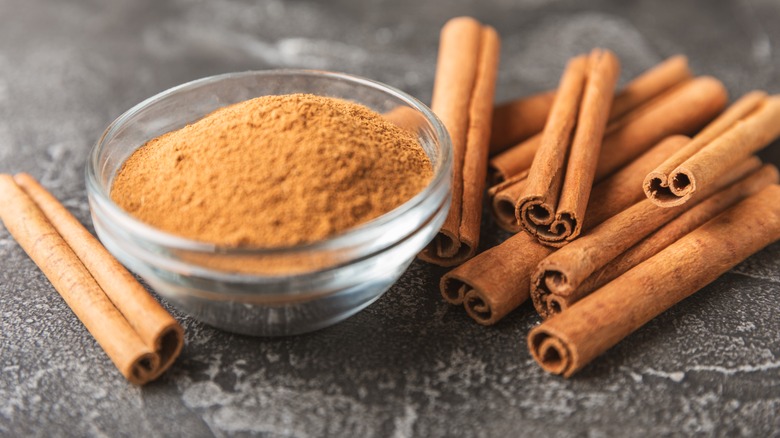What Happens If You Eat Lead-Contaminated Cinnamon
Cinnamon provides a warming taste and smell to your favorite baked goods and lattes, but check the label of the cinnamon in your pantry. According to Consumer Reports, some brands have more lead in a quarter teaspoon of cinnamon than anyone should have in a single day.
Small amounts of lead can remain in your body for years, increasing your risk of kidney dysfunction, high blood pressure, and cognitive side effects. The U.S. Food & Drug Administration (FDA) says lead is more dangerous for children and can cause a lower IQ, learning challenges, and behavioral problems. When eaten by pregnant women, it can harm the brain development of their fetus. (Here are some other side effects of eating too much cinnamon.)
The FDA issued an alert in March warning people that six brands of cinnamon sold in stores, including those sold at Save A Lot and Dollar Tree, had unsafe levels of lead in them. All brands except MK have been recalled by the manufacturers.
Mimi's, Bowl & Basket, Rani, Zara, Three Rivers, Yu Yee, BaiLiFeng, Spicy King, Badia, and Deep also have more than 1 part of lead per million, which exceeds New York state's limit of heavy metals in foods. Paras and EGN brands have the most amount of lead, but these two cinnamon manufacturers are pulling these from the market. Consumer Reports says all these cinnamon brands should be avoided and thrown away.
Brands of cinnamon that are safe to consume
Consumer Reports listed 18 other brands including Penzeys, McCormick, Trader Joe's, and Walmart's Great Value brand as having between 0.23 and 0.87 parts of lead per million. It's safe to consume ¼ teaspoon of the brands with a higher amount of lead. Brands like McCormick that have 0.23 parts of lead per million are safe if you consume up to a teaspoon of cinnamon per day. (Read what happens when you eat cinnamon every day.)
Some brands of cinnamon like Sadaf, Whole Foods, and Morton & Bassett are considered "best to use," according to Consumer Reports because they have less than 0.15 parts per million of lead. You would have to consume 16 teaspoons a day of the Whole Foods brand of organic ground cinnamon to take in excessive lead.
It's not that food manufacturers purposely put lead into their cinnamon. The American Spice Trade Association says (via Consumer Reports) that lead is found naturally in the Earth's soil. Industry waste can also add more lead to the soil. Cinnamon trees absorb the lead in the soil, and the lead remains in the cinnamon bark as it's processed. Lead can't be removed from cinnamon and other foods.


